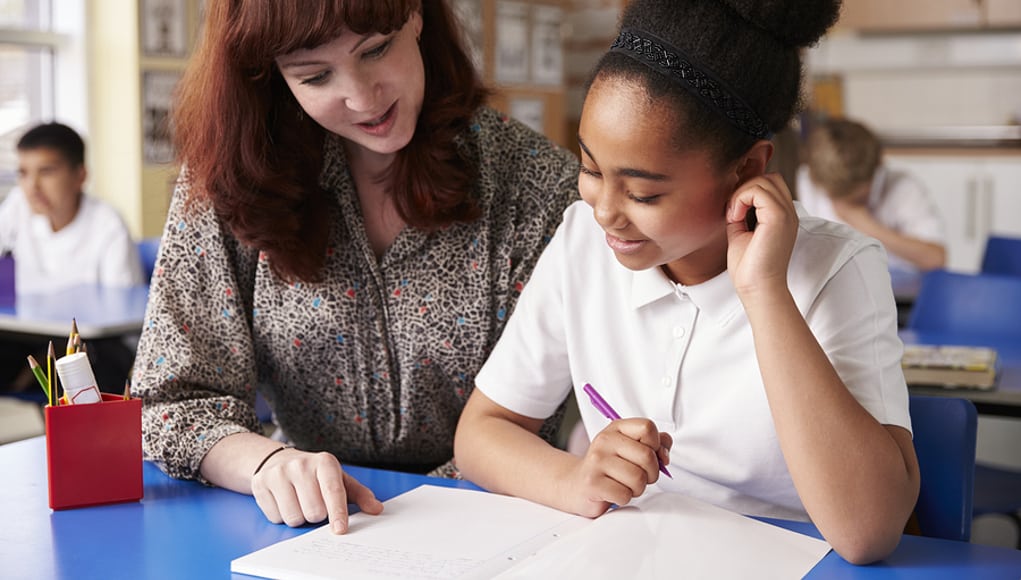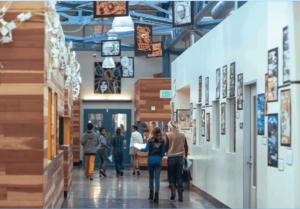15 Dimensions of Personalized Learning

Tailoring learning for each student’s strengths, needs and interests–including enabling student voice and choice in what, how, when and where they learn–to provide flexibility and supports to ensure mastery of the highest standards possible.
~ iNACOL definition of personalized learning

As the dominant meme of U.S. education, personalized learning is frequently discussed and debated. We’ve each developed a mental model of what it is aspirationally and how that’s different from what we used to do. While there is value in drilling down on aspects of personalization, it’s also useful to zoom out and consider all the ways we can support personalized learning journeys.
The subject of personalization deserves a preamble of sorts that recognizes what we’re beginning to understand about the art and science of learning and development:
- Learning begins with the individual learner and their journey; each learner brings their unique history and context to each experience;
- Learning is frequently motivated by relationship and activated in community;
- Learning occurs most fully when it engages all of a student’s senses, emotions and intentions; and
- Learners bring unique interests, motivations and ways of learning.
It is easy to think of personalization simply as differentiated instruction but a full commitment to supporting individual learning journeys has many dimensions. We identified 15:
1. Tasks: Providing voice and choice in learning tasks including assignments, projects and maker experiences. The challenge is accommodation without a loss of rigor (e.g. skip the 10-page paper and make a poster).
2. Culture: A place where human dignity is respected, where learners have voice and choice and a means of appeal.
3. Differentiation: Tailoring instruction to meet individual needs by adjusting the level of challenge, increasing the amount of support or making other accommodations to support learning.
4. Adaptive learning: Using adaptive assessment to quickly diagnose learning level and deliver calibrated units of learning, often leveraging gamification.
5. Pacing: Meeting students where they are, especially when they have different learning levels in different subjects, and supporting progress based on demonstrated mastery.
6. Electives: Providing an array of elective and world languages options in person and online.
7. Out of school learning: Facilitating local and global learning options including field trips, travel, after school and summer school programming.
8. Extracurricular activities: Providing a range of extra-curricular activities and emphasizing participation.
9. Work and service: Providing valuable and accessible work, civic and service-learning options.
10. Academic supports: Real-time monitoring of academic progress and providing support inside and outside the classroom environment.
11. Youth and family supports: Meeting specific needs that are a barrier to learning (food, shelter, transportation, safety, health).
12. Goal setting: The opportunity to set and reflect on academic goals in the context of an advisory relationship.
13. College and career planning: An advisory system that supports exploration of postsecondary work and learning options.
14. Demonstrations of learning: Providing options for how a student demonstrates progress on their learning journey including shaping a student led conference and curating a digital portfolio.
15. School choice: Access to unique learning models with interests (art), career themes (NAF), pedagogy (New Tech Network) or college credit (early college high schools).
For more, see:
- What is Personalized Learning? (iNACOL definition)
- Tom Vander Ark on Personalized Learning
- The Platform Revolution That Will Power Personalized Learning
- Content-Centered to Student-Centered: A Taxonomy of Personalized Learning
- Personalized Learning is a Movement That Takes Time
- Personalized Learning is a Transformative Idea Without a Transformative Technology
- Let’s Put Personalized Learning in Its Proper Place
Stay in-the-know with all things EdTech and innovations in learning by signing up to receive the weekly Smart Update. This post includes mentions of a Getting Smart partner. For a full list of partners, affiliate organizations and all other disclosures please see our Partner page.







0 Comments
Leave a Comment
Your email address will not be published. All fields are required.